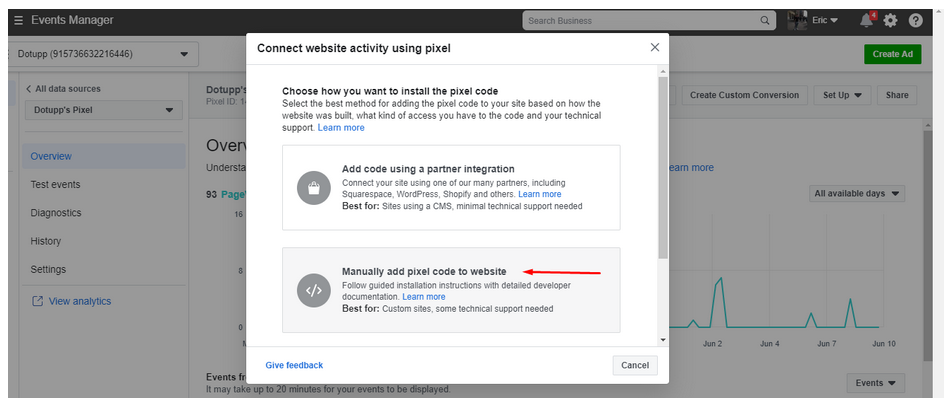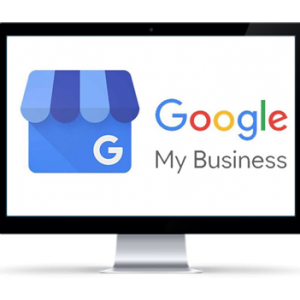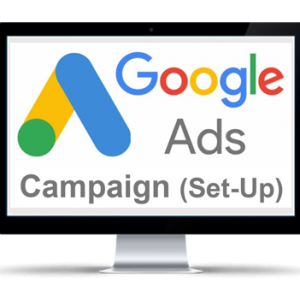
Digital marketing plan
When it comes to online advertising, there is a lot that can go wrong. For the average business owner, there are so many things to think about it can be easy to miss something.
So how do you make sure your advertising campaign is effective, and what are the steps you need to take to make it profitable?
Create a Marketing Strategy
When starting an advertising campaign, it’s important to have a digital marketing strategy in place. This means setting goals for what you want to achieve and coming up with a plan for how you will reach these goals.
Without a strategy, it’s easy to waste money on ads that don’t produce results.
Your strategy should include information on who your target audience is, what you want them to do, and what you’re offering them in return. It’s also important to have a budget in mind and to make sure your spending aligns with your goals.
Once you have a strategy in place, it’s time to create your ad campaign.

Understand Your Target Audience
Your target audience is the most important factor to consider when creating an online advertising campaign.
You need to understand who your target customer is, what they want, and what needs they have that you can fill with your product or service.
Figure out where your customer is hanging out online – or where they are searching for what you are offering – so you can reach them where they are.
Once you know this, you can create ads and content that appeal to them specifically.
Research Your Competition
When planning an online advertising campaign, it is important to first research your competition. What are their strengths and weaknesses? What kind of ads are they running? What kind of results are they seeing?
Understanding your competition will help you create a more effective ad campaign that can outperform theirs.
Select The Right Channels
When planning an online advertising campaign, it is important to select the right channels for your business. The most effective campaigns use a variety of channels to reach their target audience. Some of the most popular channels include:
1. Pay-per-click (PPC) advertising: PPC advertising is one of the most common and effective ways to reach your target audience. With PPC ads, you pay for each click on your ad. This ensures that you only pay when someone is actually interested in what you have to offer.
2. Social media advertising: Social media advertising is another popular way to reach your target audience. With social media, you can target people based on their interests, demographics, and other factors.
3. Display advertising: Display advertising is a great way to reach people who are already interested in what you have to offer. With display advertising, you show your ad on websites that are related to your business or product.
4. Email marketing: Email marketing is a great way to reach people who have already expressed interest in your business or product. With email marketing, you send targeted messages to people who have opted-in to receive them.
5. Search engine optimization (SEO): SEO is a great way to reach people who are actively looking for what you have to offer. By optimizing your website for search engines, you can ensure that your business appears near the top of the search results pages.
6. Retargeting: Retargeting is a great way to reach people who have already shown interest in your business or product. With retargeting, you show your ad to people who have visited your website but did not make a purchase.
7. Mobile advertising: Mobile advertising is growing rapidly, and it’s important to include it in your online advertising campaign. With mobile advertising, you can target people based on their location and device type.

8. Programmatic advertising: Programmatic advertising is a new type of advertising that allows you to target people based on their interests and behaviours. Programmatic advertising allows you to buy ads in real time, so you can get the best possible ROI for your campaign.
9. Native advertising: Native advertising is a type of advertising that blends in with the rest of the content on the website where it appears. This makes it less intrusive and more likely to be clicked on by potential customers.
10. A/B testing: A/B testing is a great way to test different versions of your ad to see which one performs the best. A/B testing allows you to test different headlines, images, and call-to-action buttons to see which ones are most effective at getting people to click on your ad.
Design Your Ads and Creatives
One of the most important steps in creating an effective online advertising campaign is designing your ad creative. This means creating visuals and text that will catch your audience’s attention and persuade them to click through to your website or product.
There are a few key things to keep in mind when designing your ad creative:
– Keep it simple. Don’t try to cram too much information into your ad. A few well-chosen words and eye-catching visuals will be more effective than a lot of text.
– Use strong visuals. Images are more powerful than words when it comes to grabbing people’s attention, so use them to your advantage.
– Make sure your headline is catchy. The headline is the most important part of your ad, so make sure it’s catchy and compelling.
– Use fonts and colours that stand out. You want your ad to stand out from the crowd, so use bright colours and interesting fonts that will catch people’s attention.
Set Up Tracking Mechanisms
Setting up conversion tracking and site analytics is essential for any online advertising campaign. Without trackers in place, you will not be able to accurately measure the success of your campaign, which can lead to wasted time and money.

There are a variety of different tracking mechanisms that you can use, but the most common are cookies and pixels.
Cookies are small pieces of data that are stored on a user’s computer when they visit a website. Cookies can be used to track a user’s movements around a website, as well as their interaction with ads.
This information can be used to determine whether an ad was clicked on, how long it was viewed for, and where it was viewed.
Pixels are tiny images that are embedded in websites and emails. When someone clicks on a pixel, it sends information back to the advertiser about who clicked on it, where they are located, and what type of device they are using.
Set Up Your Ad Campaigns
Once you have set up your tracking mechanisms, you need to create an advertising campaign. The first step is to define your goals and objectives.
- What do you want to achieve with your campaign?
- Are you looking to increase brand awareness, drive traffic to your website, or generate leads?
Once you have defined your goals, you need to create adverts that will achieve them. Your adverts should be creative and eye-catching, and they should also target your audience accurately. You should also consider using different channels such as search engines, social media, and email marketing to reach more people.
Next, you need to set up a budget and track your spending so that you stay within your limits.
Launch Your Campaign
When you’re ready to launch your online advertising campaign, there are a few key things you need to do in order to ensure its success.
It is important to monitor your results regularly and make changes if necessary. If something is not working, try something else until you find what works best for your campaign.
Monitor and Optimise As It Runs
And finally, always remember to test everything! Try different combinations of ads, targeting methods, and channels until you find what works best for your business.
Campaign monitoring and optimization are key to the success of any online advertising campaign. By tracking key metrics and adjusting your efforts accordingly, you can ensure that your campaign is working as effectively as possible.
Here are some tips for monitoring and optimizing your advertising campaign.
- Establish key performance indicators (KPIs) to track.
- Use A/B testing to compare different versions of your ad campaigns to see which performs better.
- Keep an eye on your budget and adjust your spending accordingly.
- Test different targeting parameters to see what works best for your campaign.
- Optimise your landing pages to improve conversion rates
Final Thoughts
So, we’ve come to the end of our 10-step guide on how to run an effective online advertising campaign.
If you follow these guidelines and put in the necessary effort, you should see improved results from your current online ad campaigns – or be well on your way to launching successful ones.
We offer some of the most competitive website and digital market solutions for any local business. Don’t mess about with expensive agencies, get a professional team to do it for you. No headaches no hassles.
Getting a professional to build your website and set up affordable marketing solutions for your business – that’s what we’re about.


